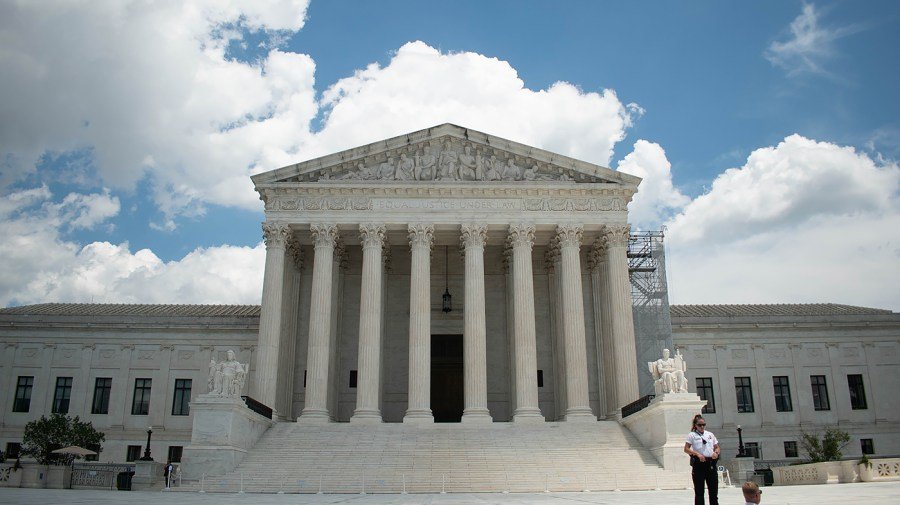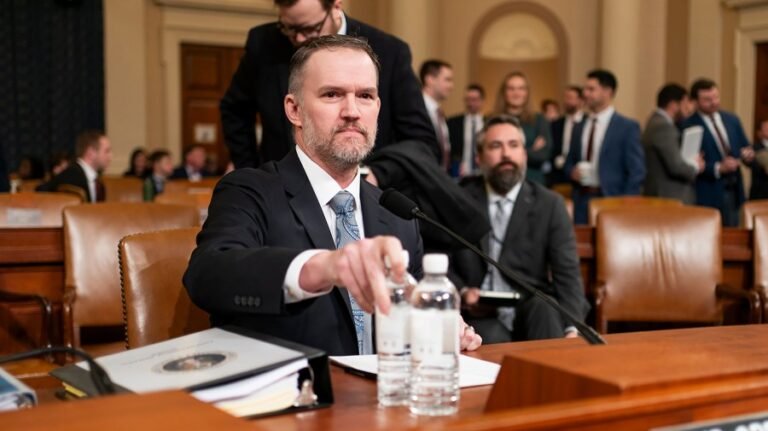
The latest target in Trump’s war on civil rights is a legal theory known as “disparate impact.” An April 23 executive order calls for eliminating the theory “to the maximum degree possible.”
According to Trump, disparate impact theory mandates discrimination, hinders businesses from hiring based on merit or skill and renders job-related evaluations impossible.
That all sounds very troubling, but none of it is true.
The Supreme Court first articulated the disparate impact theory in the 1971 case Griggs v. Duke Power Co. Applicants for more desirable departments at a North Carolina power plant were required to possess a high school diploma or to pass two aptitude tests. This effectively disqualified most black workers, who had long been relegated to inferior, segregated schools. Yet white employees without high school diplomas — hired before the requirement was instituted — were performing satisfactorily and had even been promoted. And the aptitude tests did not measure workers’ ability to successfully perform the jobs in question.
Although these requirements were facially neutral and there was no proof of a discriminatory motive, the Supreme Court found them to be unlawful. The court held that civil rights law requires “the removal of artificial, arbitrary, and unnecessary barriers to employment when the barriers operate invidiously to discriminate on the basis of racial or other impermissible classification.” In other words, it bans “practices that are fair in form, but discriminatory in operation.”
The ruling did not ban all job tests or make all racially imbalanced outcomes illegal. Employers can defend a practice that has a discriminatory effect by showing that it actually measures job performance. Indeed, contrary to Trump’s claim, disparate impact promotes rather than hinders merit-based hiring by ensuring that job requirements are relevant to the job.
Trump falsely asserts that disparate impact creates “a near insurmountable presumption of unlawful discrimination” wherever differences in racial or gender outcomes exist. In fact, disparate impact cases are difficult to bring and even more difficult to win. They require huge amounts of data about testing outcomes, which are difficult for rejected applicants to access. Analyzing that data requires significant resources and statistical expertise.
And even if a practice is proven to disproportionately impact a disadvantaged group, the employer can argue that it is justified by business needs. Courts are often deferential to employers’ business judgments, and in recent years few disparate impact cases have succeeded.
Trump’s claim that disparate impact requires businesses to “engage in racial balancing to avoid potentially crippling legal liability” is nonsensical. And counterevidence abounds. Though disparate impact has been part of federal law for decades, persistent racial disparities remain across many occupations.
As president, Trump can direct enforcement priorities within the executive branch, but he cannot simply overturn existing law. In Griggs, the Supreme Court unanimously established the theory of disparate impact, and Congress later codified it with the Civil Rights Act of 1991, signed by President George H.W. Bush. Since then, courts have recognized disparate impact claims under laws prohibiting discrimination in housing and credit decisions in addition to employment.
Disparate impact is a critical tool for enforcing civil rights laws. Prohibiting intentional discrimination is important, but not all discrimination is intentional. Decades of social science research has shown that unconscious biases can cause biased judgments against marginalized groups. America’s long history of racial discrimination and inequality also means that some practices, even though not motivated by racial animus, work to exclude historically disadvantaged groups. If those practices in fact have no business justification, they should not be permitted.
Why then does Trump claim that disparate impact liability is “mandating, rather than proscribing, discrimination”? The executive order offers no explanation, but some conservative critics have argued that just thinking about race — even in order to remove arbitrary and unfair criteria that disadvantage certain racial groups — is itself a form of discrimination.
Yet the Supreme Court has never said such a thing. Even conservative justices like Anthony Kennedy and Antonin Scalia acknowledged that seeking to achieve greater racial equality or integration are legitimate goals — as long as the means chosen to advance those goals are race-neutral.
When Duke Power removed unnecessary and arbitrary job requirements that were excluding black workers, its actions were race-neutral. Applying disparate impact law did not mandate discrimination. It made the workplace fairer for all workers.
Trump’s upside-down reasoning reveals a deeper logic. By attacking disparate impact theory, Trump not only signals that the persistent racial inequalities still visible in American society do not concern him, he is also showing that he intends to gut the very civil rights laws that were meant to dismantle those inequalities.
Pauline T. Kim is the Daniel Noyes Kirby Professor of Law at Washington University in St. Louis, where she also directs the Center for Empirical Research in the Law.


